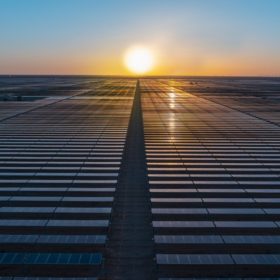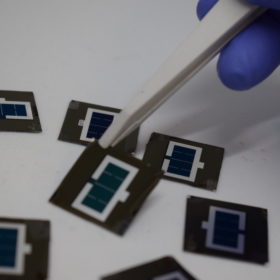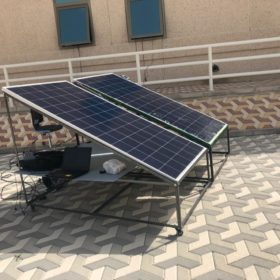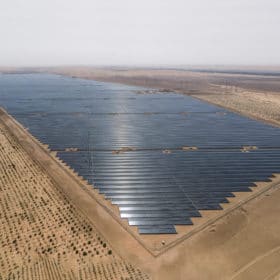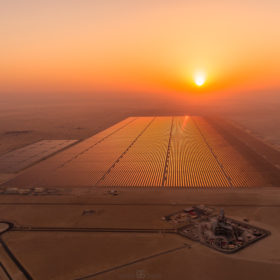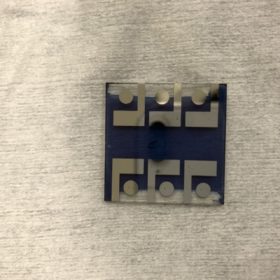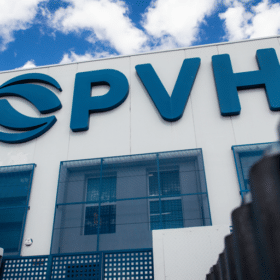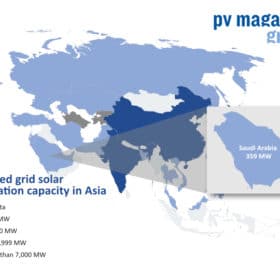Financial close for 1.5 GW solar PV project in Saudi Arabia
The Sudair Solar PV plant is the first project under the renewable energy program run by Saudi Arabia’s Public Investment Fund. The facility is owned by energy giants ACWA Power and Aramco, as well as electricity holding company Badeel.
The trillions spent by G20 nations on fossil fuels between 2015 and 2019 could have paid for more than 4 TW of solar at today’s prices
Polluting energy sources received more than $3 trillion from the EU and 19 of the world’s largest national economies over that four-year period, despite G20 members having pledged to phase-out fossil fuel subsidy and address climate change back in 2009.
n-type perovskite tandem cell hits 27% efficiency
Scientists demonstrated a perovskite-silicon tandem cell that reached 27% conversion efficiency. Though higher tandem cell efficiencies have been achieved, this represents a big jump in efficiency for those utilizing n-i-p architecture, which previously had not surpassed 22%.
Solar module cooling techniques for the desert
Saudi scientists have tested several cooling technologies for solar panels and have found that active techniques work better than passive ones under harsh climatic conditions. The most effective one consists of a system based on four heat pipes immersed in a box of liquid, as liquid bulk, integrated with the back of the solar panel.
Strong growth predicted for Middle Eastern solar PV
The Middle East, and the Gulf in particular, has been home to record low solar tariffs in recent years. Major projects are being awarded via tenders, with prices gradually closing in on a remarkable 1 USDct/kWh. Of course, this is no coincidence due to the region’s favorable solar conditions: availability of cheap and sunny desert land, low labor costs, cheap project financing, supportive tax regimes, large projects benefitting from economies of scale, well designed tender structures, and decreasing PV component prices.
‘Low-cost renewable hydrogen may already be in reach’
If the three record-busting low solar price tariffs recorded in the Middle East in the past 18 months are to be believed, renewables-powered hydrogen in prime sites in the region could already compete with gas-plus-CCS production, according to IRENA. Has the Gulf discovered the new petrol?
Solar-powered seawater desalination unit incorporating PV module cooling
The desalination unit consists of a multistage membrane distillation (MSMD) component that is placed on the backside of a large-area solar cell measuring 16 x 16 cm and utilizes the waste heat of the cell to drive water evaporation. It is able to produce 8.09 kg m2 of freshwater per day and reduce the temperature of the solar cell by up to 14.4 degrees Celsius.
Organic solar cell with 18.4% efficiency via new electrode coating
Saudi scientists built the cell’s electrode with a hole-transporting molecule called Br-2PACz and not with the commonly used PEDOT:PSS. It helped improve the photovoltaic cell efficiency by around 0.9%.
PHV opens factory in Saudi Arabia
The new manufacturing facility will be operated by the newly created unit PV Hardware Middle East. It will produce trackers, mounting structures, and cleaning robots for the Saudi solar market.
Saudi Arabia’s 1 GW solar tender invites bids by June 3
The 1.2 GW, Covid-delayed third round of the kingdom’s clean power program is back up and running, despite the fact the top news story on the relevant government department’s website is dated April 2020.
